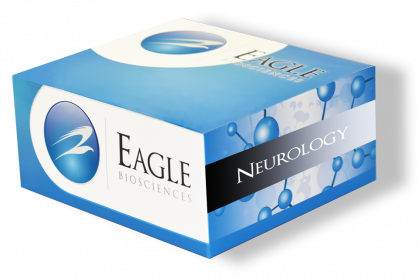Quinolinic Acid ELISA Assay
Quinolinic Acid ELISA Assay Developed and Manufactured in France by ImmuSmol
Size: 1×96 wells
Sensitivity: < 6 ng/mL
Standard Range: 25 – 2000 ng/mL
Incubation Time: Overnight
Sample Type: Serum
Sample Size: 25µL
Alternative Names: QUIN Acid ELISA, QA ELISA
For Research Use Only
Controls Included
Specificity: No significant cross-reactivity was observed with Quinolinic Acid analogs such as Kynurenic acid, Xanthurenic acid, Kynurenine, Picolinic acid, 3Hydroxy-Anthranilic Acid
Sample Collection and Storage: Serum: Do not use lipemic, haemolytic samples, as well as samples containing precipitates or fibrin strands. Store samples at 2-8°C for up to 48h or -20°C for longer period (up to 6 months).
Assay Principle
After extraction and derivatization Quinolinic acid is quantitatively determined by ELISA. The competitive Quinolinic Acid ELISA uses the microtiter plate format. The antigen is bound to the solid phase of the microtiter plate. The processed standards, controls and samples and the solid phase bound analyte compete for a fixed number of antiserum binding sites. When the system is in equilibrium, free antigen and free antigen-antiserum complexes are removed by washing. The antibody bound to the solid phase is detected by an anti-rabbit IgG-peroxidase conjugate using TMB as a substrate. The reaction is monitored at 450 nm. Quantification of unknown samples is achieved by comparing their absorbance with a reference curve prepared with known standards.
Products Related to Quinolinic Acid ELISA Assay
L-Quinolinic Acid (Urine) ELISA Assay Kit
Quinolinic Acid Polyclonal Antibody
Quinolinic Acid Monoclonal Antibody



